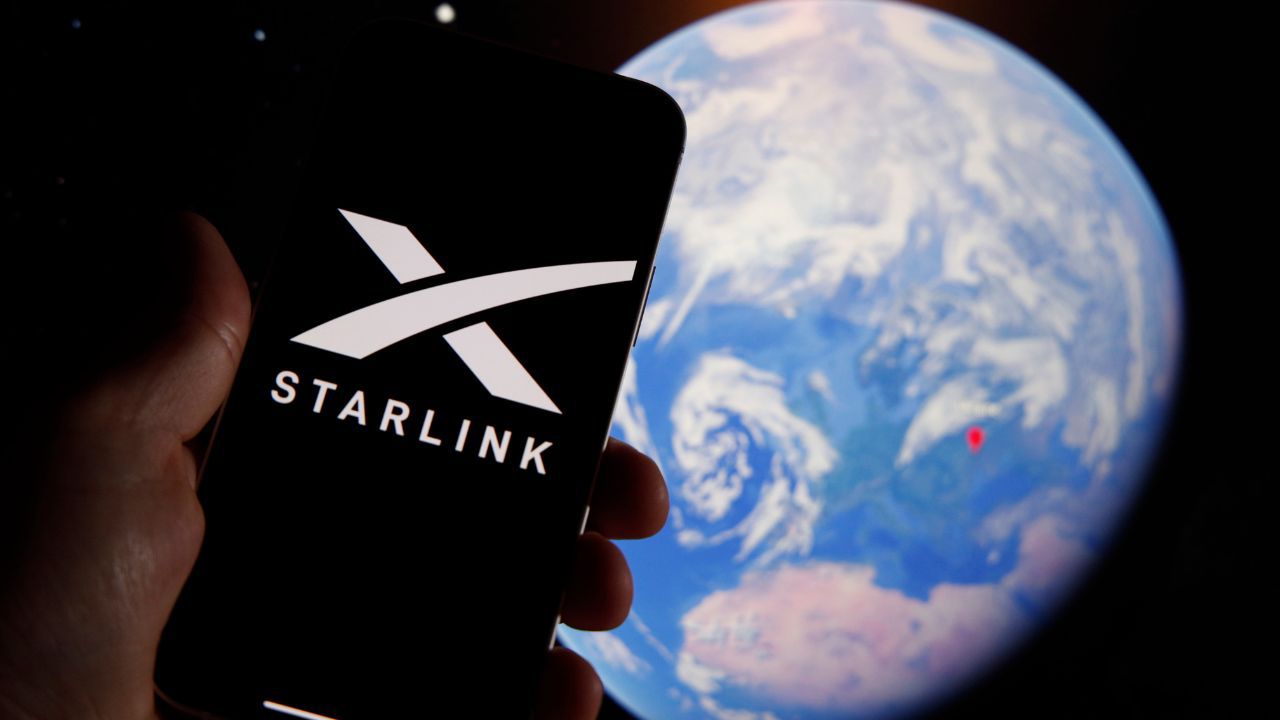Starlink has achieved a pivotal breakthrough in India. The Department of Telecommunications' issuance of the Letter of Intent (LoI) signifies the government's readiness to embrace satellite-based internet solutions, especially for underserved regions. This development positions India as a key player in the global satellite internet arena.
The approval follows Starlink's strategic partnerships with major Indian telecom operators, Bharti Airtel and Reliance Jio. These alliances aim to integrate Starlink's satellite services with existing telecom infrastructures, enhancing connectivity across the country. These collaborations arose shortly after discussions between Elon Musk and Prime Minister Narendra Modi, underscoring the significance of international cooperation in advancing technological initiatives.
Click here to read the latest telecom news!
Starlink: Implications for India's Connectivity Goals
India's vast geography includes numerous remote and rural areas where traditional internet infrastructure is challenging to deploy. Starlink's satellite technology offers a viable solution to bridge this digital divide, providing high-speed internet access to regions previously underserved. This aligns with the government's vision of a digitally inclusive India.
Industry experts anticipate that Starlink's entry could stimulate competition, potentially leading to more affordable internet services nationwide. Goldman Sachs projects a significant decrease in satellite broadband costs, from $148 per month in 2023 to approximately $16 by 2035, making it accessible to a broader population.
Navigating Regulatory Frameworks
While the LoI marks a significant step forward, Starlink must still obtain final regulatory approvals, including security clearances and spectrum allocations. The Telecom Regulatory Authority of India (TRAI) is considering a five-year licensing period to assess market adoption and technological advancements, a decision that balances innovation with regulatory prudence.
The shift from auction-based spectrum allocation to administrative assignments reflects a broader policy change, favouring new entrants like Starlink and promoting technological diversity in the telecommunications sector.
Read the latest AI news here!
A Catalyst for Economic and Technological Growth
Starlink's integration into India's telecom ecosystem is expected to have far-reaching economic impacts. The expansion of satellite internet services could generate employment opportunities in network operations, equipment manufacturing, and service provision. Moreover, it positions India as a competitive player in the global space technology market, encouraging innovation and investment in the sector.
The collaboration between Starlink and Indian telecom giants also sets a precedent for future partnerships, potentially paving the way for other technological ventures, including the introduction of Tesla's electric vehicles to the Indian market.




